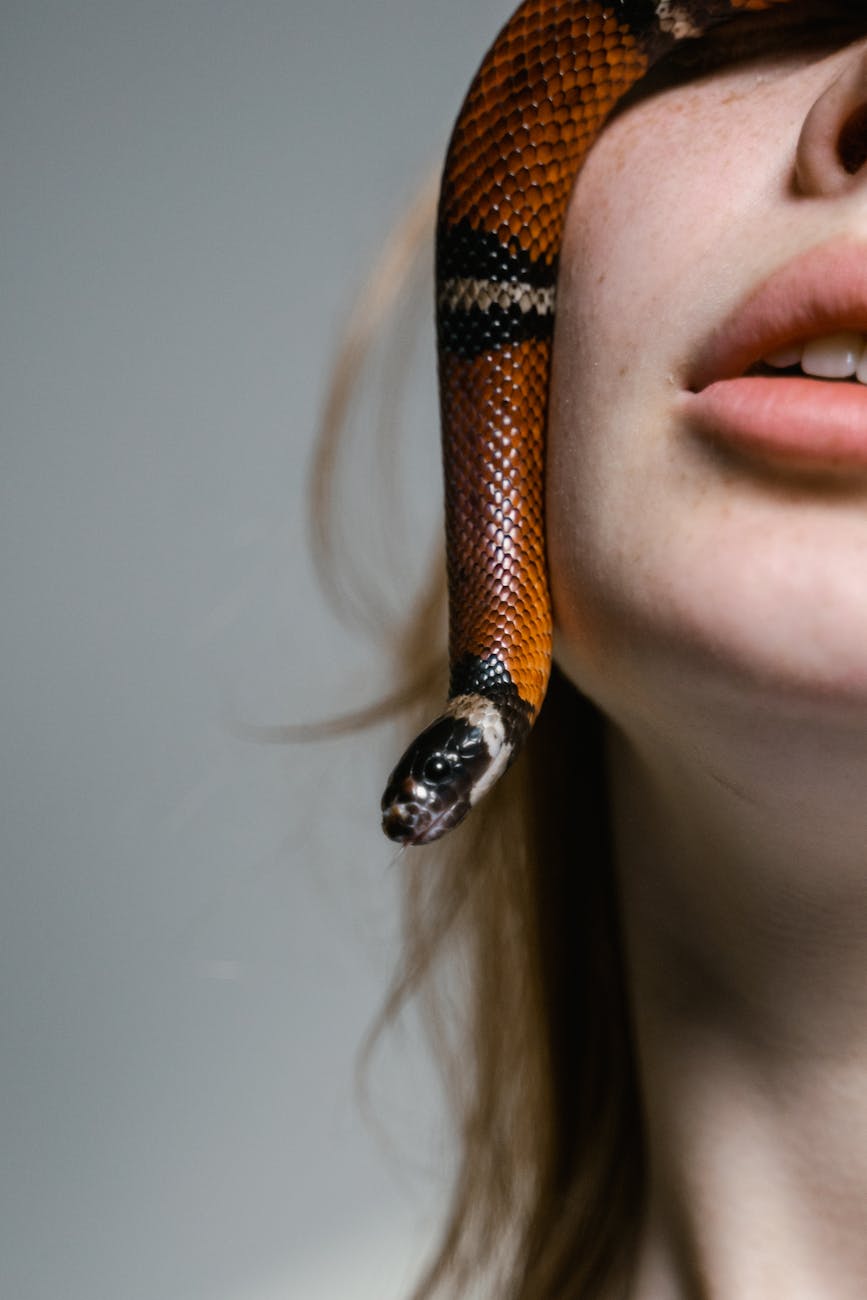The Impressive Mimicry Skills of Wildlife

The Art of Deception: Wildlife Mimicry
Wildlife has evolved many fascinating strategies to survive in their environments, and one of the most impressive is mimicry. From camouflaging to mimicry of sounds and behaviors, animals have perfected the art of deception.

Camouflage: Blending In to Survive
One of the most common forms of mimicry in wildlife is camouflage. Animals such as chameleons, leaf insects, and flounders have evolved the ability to blend in seamlessly with their surroundings, making them virtually invisible to predators. Their skin texture, color, and patterns mimic the environment around them, providing them with a crucial advantage in the wild.
Mimicry of Sounds: Deceptive Communication
Some wildlife species have mastered the art of mimicry through sounds. Birds like the superb lyrebird can imitate a wide range of sounds, from chainsaws to camera shutters, to attract mates or defend their territory. Similarly, the mockingbird can mimic the songs of other bird species to confuse predators or attract prey.
Behavioral Mimicry: Copying for Survival
Behavioral mimicry is another fascinating adaptation seen in wildlife. Species like the viceroy butterfly mimic the appearance of the toxic monarch butterfly to deter predators. In a similar vein, the non-venomous milk snake mimics the colors and patterns of the highly venomous coral snake to ward off potential threats.
Evolutionary Wonders: Adapting to Thrive
Overall, the mimicry skills of wildlife showcase the incredible diversity and complexity of the natural world. Through evolution and adaptation, these animals have developed ingenious ways to deceive predators, communicate effectively, and increase their chances of survival. The art of mimicry in wildlife continues to captivate and inspire scientists and nature enthusiasts alike, reminding us of the remarkable ingenuity found in the animal kingdom.





